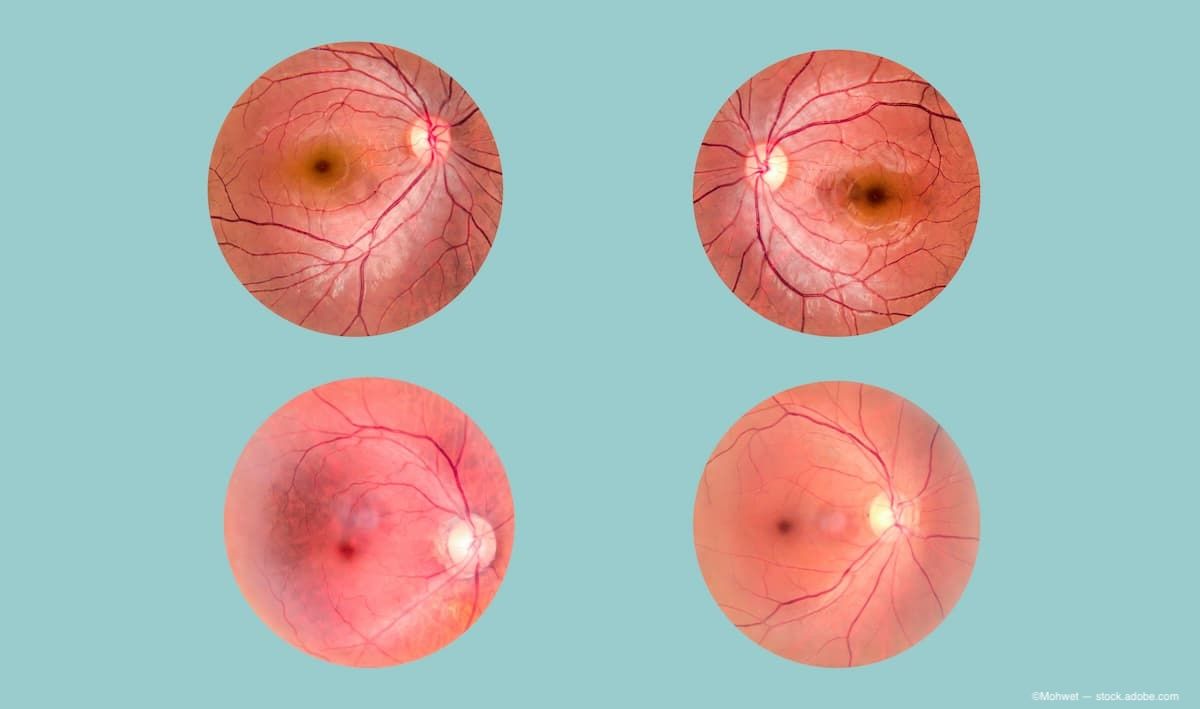Article
Topography-wavefront ablations offer solutions
San Francisco-Patients who had severe night-visiondisturbances after refractive surgery found relief after undergoingtopography-wavefront-supported custom ablations to treat either asmall optical zone, previous decentered ablations, or irregularsurfaces, explained Dan Z. Reinstein, MD, MA(Cantab), FRCSC.

Dr. Reinstein, of the London Vision Clinic, London, England, showed four examples from a study of 15 eyes of 11 patients who were treated using the Mel-80 excimer laser with the new CRS-Master II (Carl Zeiss Meditec) ablation profile generator. Topography was obtained using the Atlas 995 topographer (Carl Zeiss Meditec) and wavefront sensing was performed with the high-resolution WASCA aberrometer (Carl Zeiss Meditec). In the cases that were re-treated with LASIK, the Artemis VHF digital ultrasound (Ultralink LLC) was used for determining adequate residual stromal thickness reserves.


In another case, the patient had a plano refraction but night-vision disturbances from a decentered ablation produced by an Alcon LADARVision LASIK procedure 8 years before. At 6 months after the PRK CRS-Master II re-treatment, the patient's uncorrected visual acuity (UCVA) improved from 20/20 to 20/16 and higher-order aberrations were significantly reduced. Seidel coma dropped from 4.49 μm preoperatively to 2.81 μm postoperatively. Seidel spherical aberration also dropped from –7.71 to –3.13 μm after PRK. The high-order RMS value was reduced from 0.88 to 0.50 μm.
A patient who had undergone RK exhibited inferior steepening, possibly because of asymmetric depth of incisions. One week after a CRS-Master II PRK re-treatment, Seidel spherical aberration was almost gone (–0.14 μm) compared with preoperatively at –11.81 μm. Higher-order RMS was reduced from 0.95 to 0.68 μm, he reported.
Newsletter
Don’t miss out—get Ophthalmology Times updates on the latest clinical advancements and expert interviews, straight to your inbox.




